Greenroofs.com Project of the Week: 9/19/11
Musée du quai Branly Greenwall
Paris, France
8,600 sf. Greenwall
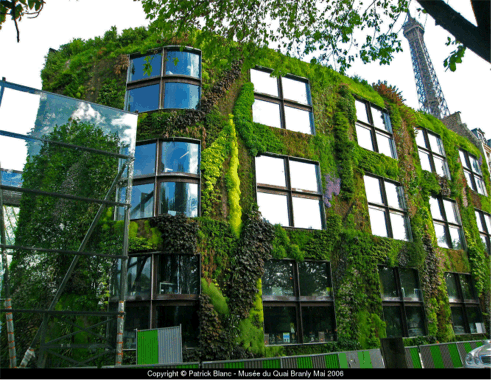
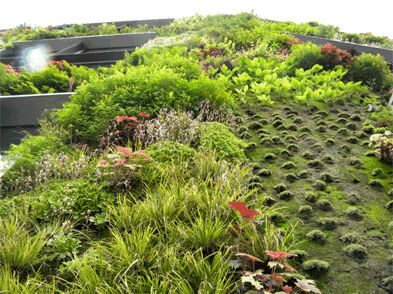 Year: 2005
Year: 2005
Owner: Musée du quai Branly
Location: Paris, France
Building Type: Museum
Type: Living Wall
System: Single Source Provider
Size: 8,600 sq.ft.
Slope: 100%
Access: Accessible, Open to Public
Project Description & Details
Situated close to the Eiffel Tower, the Musée du quai Branly features indigenous art, cultures and civilizations from Africa, Asia, Oceania, and the Americas. The museum complex contains several buildings, as well as a mediatheque and a garden. The building was designed by architect Jean Nouvel, and the façade measures approximately 13,000 sf (1,200 m). Yet its most noticeable feature is the stunning and now iconic 200 m long by 12 m tall living wall covering the entire northwest façade, punctured by large windows.
Designed by Patrick Blanc using his hydroponic Le Mur Végétal system, the Musée du quai Branly greenwall is one of Blanc’s most famous vertical gardens, and one of the most highly photographed in the world. Facing the River Seine with a park and small streets in between, the micro-climate creates a good environment for a large variety of plants. A range of species were selected from the world’s main temperate zones, including North America, Europe, the Himalayas, China, Japan, Chile, and South Africa. Patrick insisted that the biodiversity represented in this vertical garden echo the cultural diversity of artists the world over, whose works were on exhibit in that very museum.
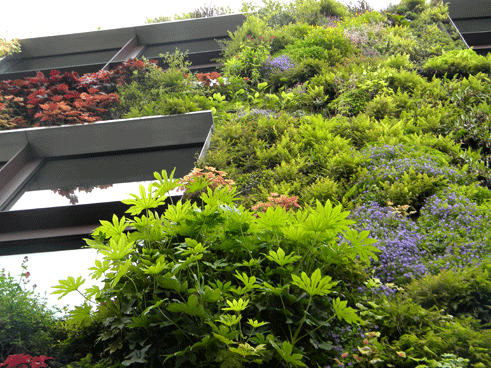
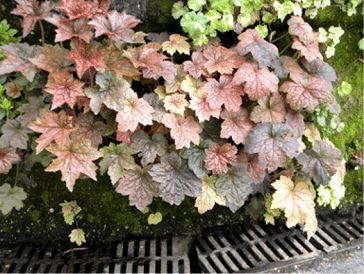 Designers/Manufacturers of Record
Designers/Manufacturers of Record
Architect: Jean Nouvel
Green Wall Designer: Patrick Blanc
Green Wall System: Le Mur Végétal
Planning Phase Project Director: Françoise Raynaud
Construction Project Director: Isabelle Guillauic
Google Maps Link
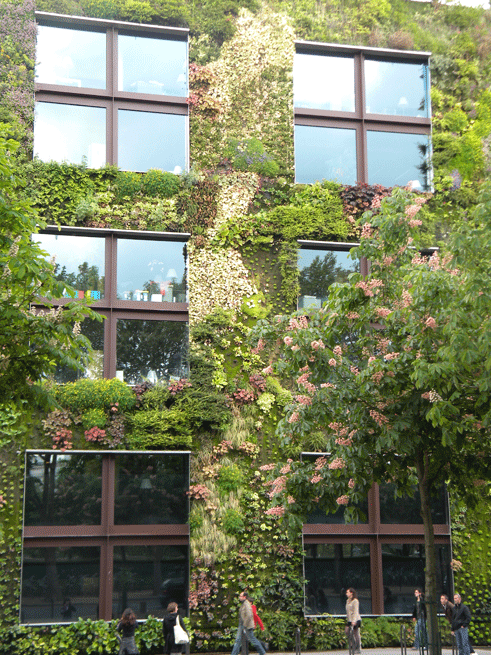
Additional Info
Nicknamed MQB, the Musée du quai Branly opened in June, 2006. In addition to the permanent collection, the museum hosts a variety of shows, concerts, cinema and cultural activities all year round. Behind a sound-proofed glass wall is a secluded garden where visitors can sit and relax after their tour.
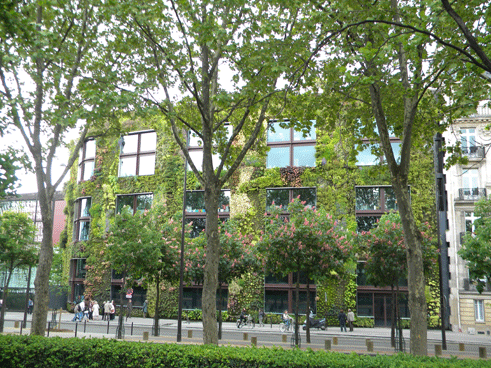
At first, residents were unsure of the new living wall cloaking the four-story building, and now they are highly protective of it.
I was in Paris last year in May and of course I made sure to visit the Musée du quai Branly, not the inside, just the outside. To say I was fascinated is an understatement! As I examined plant species at eye level I started following flowing drifts of plant communities diagonally, upwards, downwards…
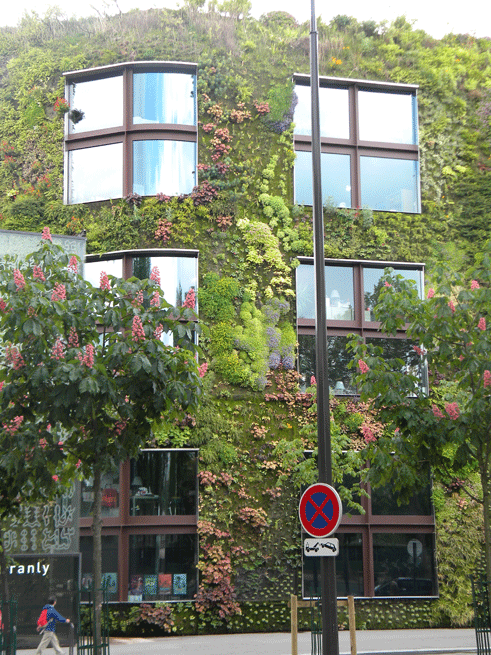
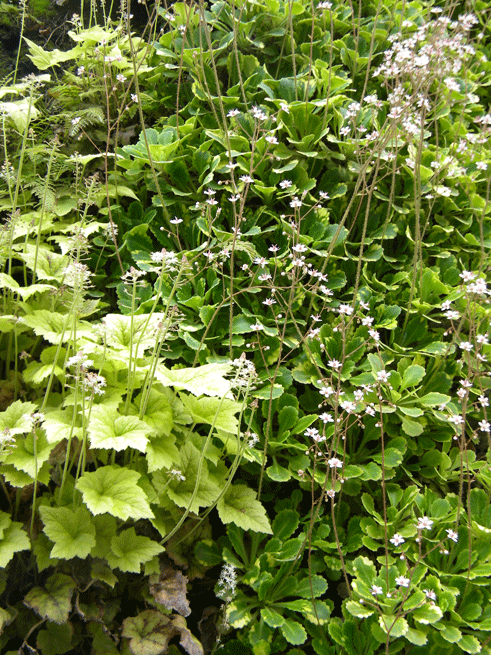
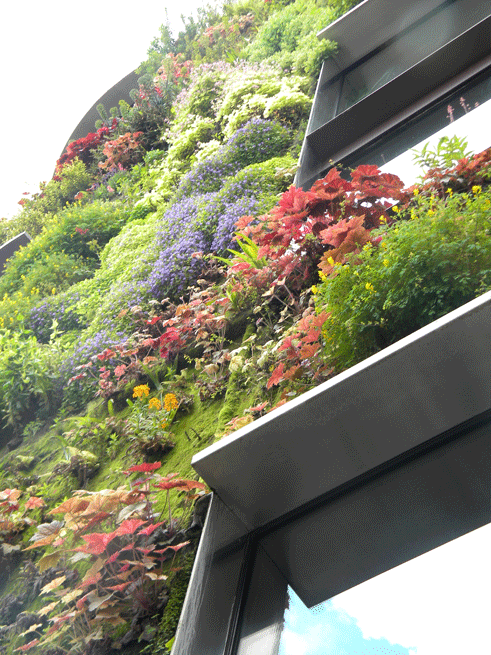
The building was enveloped in different shades and sizes of green, red, yellow, lilac, pink and white. I started to feel like the reflective windows were just getting in the way of the beautiful picture, yet after a while of observing the colors of the sky change and white billowy clouds pass by, the juxtaposition of modern architecture and the look of a primeval forest was somewhat surreal.
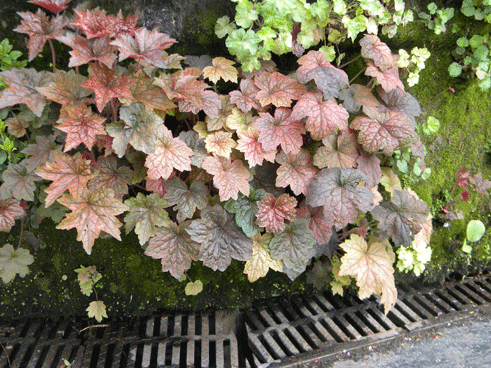
Writing in the 2006 New York Times article “Quai Branly: A perverse, magical space” Nicolai Ouroussoff says, “By contrast, the exterior of the administration building is swallowed up by a vertical carpet of exotic plants punctured by big windows. On some stories, the plants invade the building, crawling down the interior walls. (“When you put in little flowers, people are happy,” Nouvel said of his design.)”
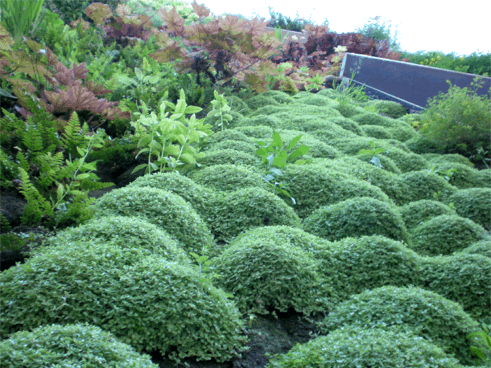
I can see that. The building is almost magical in its irreverent disregard for the status quo of boring flat façades of “normal” buildings – the undulating plant masses, the lushness of the sensuous sweeping bands of vegetation, and the desire to touch them all draws the visitor into the façade itself, as if it were a sub-tropical forest floor on its side. Photos above and below by contributing editor Christine Thuring in 2009.
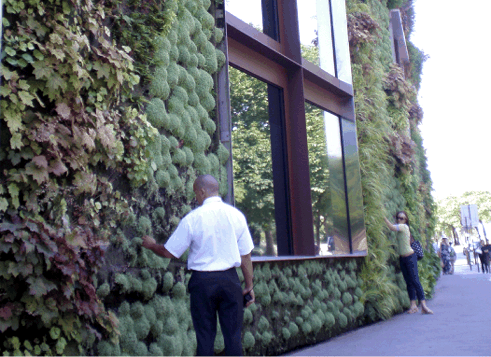
One of the very best qualities about Patrick Blanc’s works is that the plants really look like they are the structure – not just planted on top of it. Integrated design at its finest! Patrick is a great proponent of plant biodiversity – the wall contains over 15,000 plants and 150 different species from around the world.
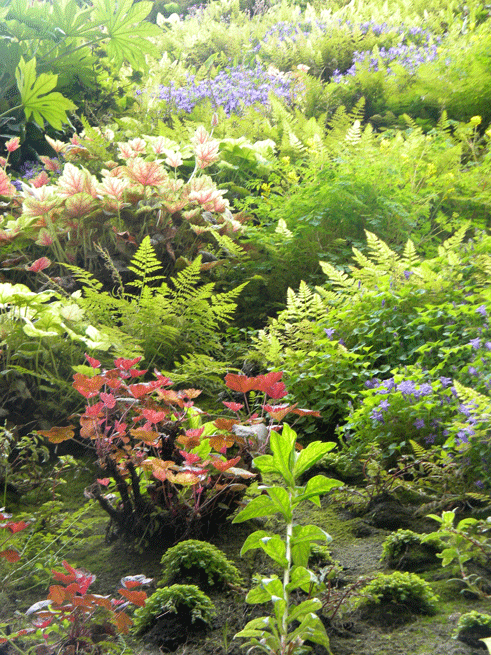
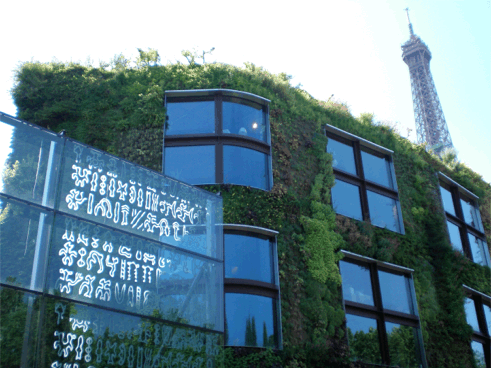
It was fun watching some people’s reactions as they passed by – the thoroughfare that runs along the left bank of the Seine is very close to the Eiffel Tower, and the street is heavily populated with tourists. I guess Parisians have had a few years to become accustomed to the rather large structure and have since become nonplussed – but I noticed that most passersby had to stop, look at the wall and then touch it, as if to make sure the plants were real!
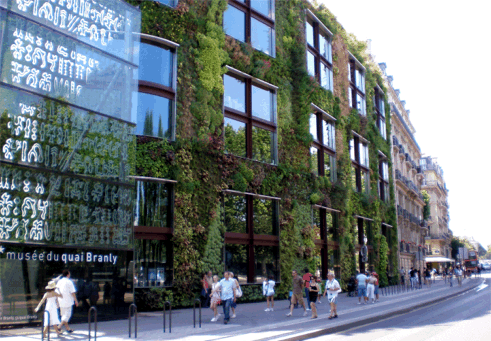
A lot of people gingerly felt the many varieties of species, and in fact Patrick Blanc told me that he and architect Jean Nouvel not only expected people to touch them, they hoped they would! Some wanted to put up a screen or see-through barrier so people couldn’t access the plants, but Patrick stood his ground and said most certainly not, that it was part of the experience to use all the senses to really appreciate this living work of art.
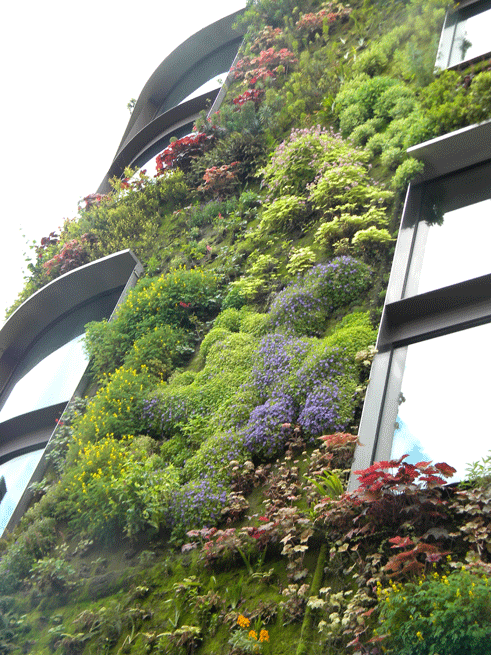
As a result, some portions of the living wall need to be replaced occasionally, and Patrick said he was fine with that – sometimes folks pick the “pretty flowers and leaves” and don’t realize it’s a living being.
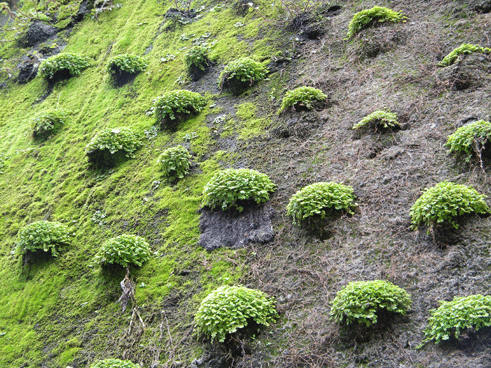
I saw several areas where the felt had obviously been replaced and stapled in new – to be honest, I’ve seen this in numerous applications of this type of living wall system, although this is the first (but certainly not last) and only Patrick Blanc greenwall I’ve seen.
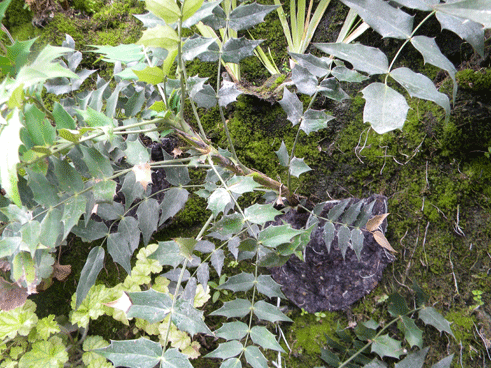
The patented Mur Végétal system has been around for about 15 years now, and there are many knock-offs. Patrick says he’s flattered and welcomes the opportunity for others to learn from his many years of research an experience with the hydroponic system.
Paris is a refined global city always seeking new ideas and ideals, and the Musée du quai Branly is a modern museum living in this classic setting, yet it also has been designed to contradict and inspire. Just like Patrick Blanc’s magical vertical garden wall.
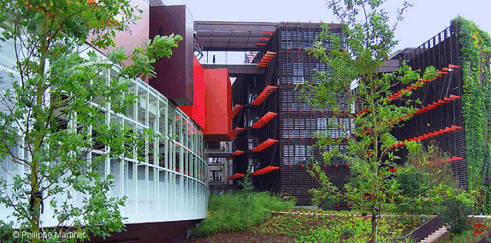
“This is a museum built around a specific collection, where everything is designed to evoke an emotional response to the primary object, to protect it from light, but also to capture that rare ray of light indispensable to make it vibrate and awaken its spirituality. In a place inhabited by symbols of forests and rivers, by obsessions of death and oblivion, it is an asylum for censored and cast off works from Australia and the Americas. It is a loaded place haunted with dialogues between the ancestral spirits of men, who, in discovering their human condition, invented gods and beliefs. It is a place that is unique and strange, poetic and unsettling.” ~ Ateliers Jean Nouvel
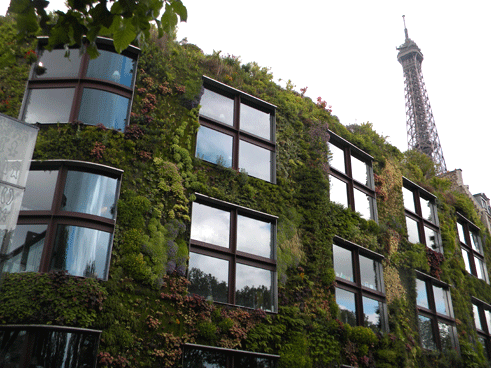
Read about my visit with Patrick Blanc a couple of weeks ago here, and don’t miss my exclusive video interview with Patrick Blanc and his “The Vertical Garden – from Nature to Cities” video presentation at the Greenroofs & Walls of the World™ Virtual Summit 2011 on September 27 & 28.
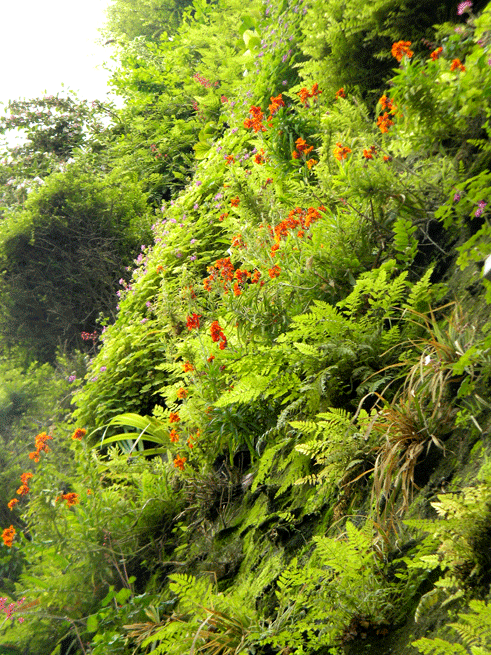
Did we miss something? We’d love to hear from you! Click here to see more information about this project in The International Greenroof & Greenwall Projects Database. See how you can submit yours here.
Love the Earth, Plant a Roof!
~ Linda V.
 Greenroofs.comConnecting the Planet + Living Architecture
Greenroofs.comConnecting the Planet + Living Architecture
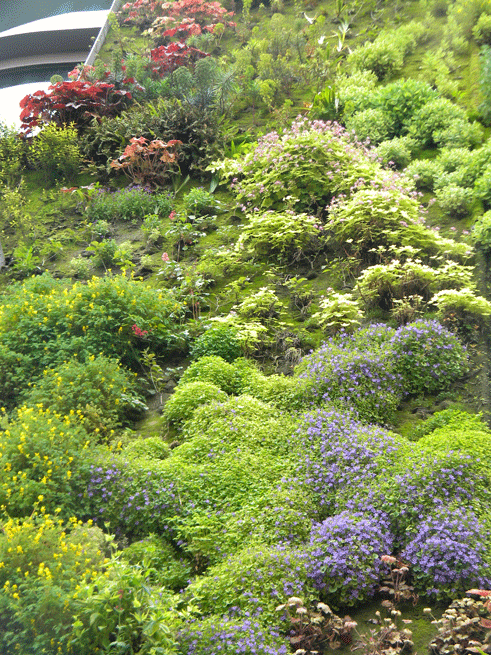





hydroponics kit
Hey!
I really liked reading this post. I found it very cool.
Come stop by http://hydroponicso.com
Have a nice day!